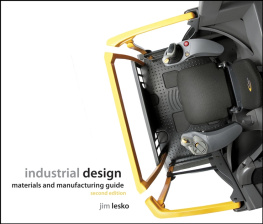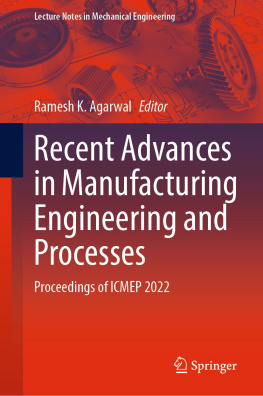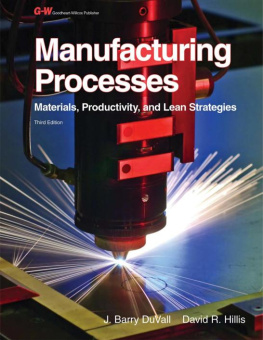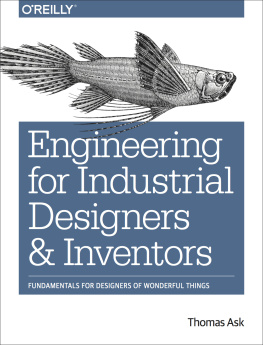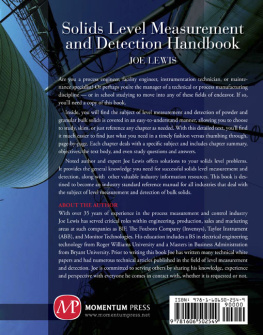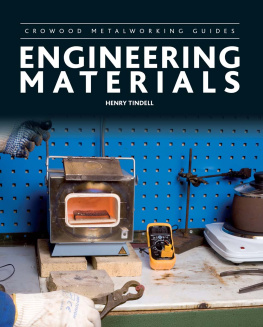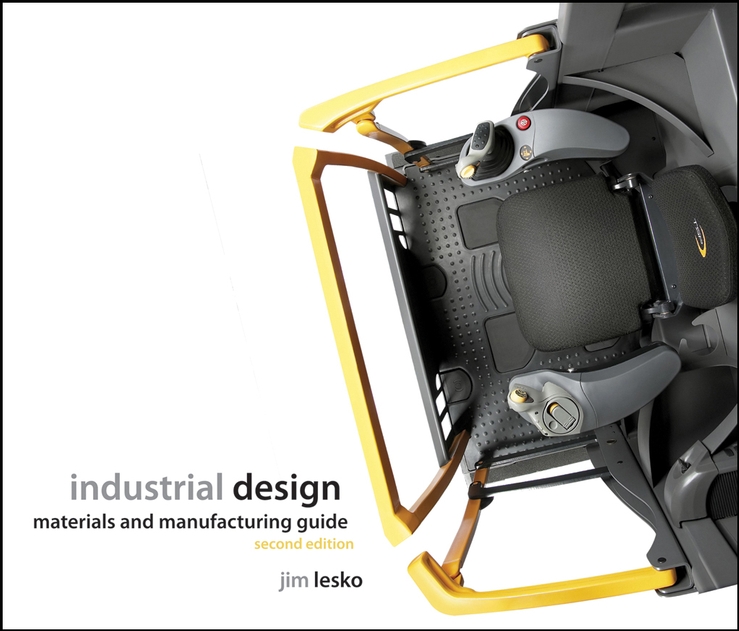This book is printed on acid-free paper.
Copyright 2008 by John Wiley & Sons, Inc. All rights reserved
Published by John Wiley & Sons, Inc., Hoboken, New Jersey
Published simultaneously in Canada
Wiley Anniversary Logo: Richard J. Pacifico
No part of this publication may be reproduced, stored in a retrieval system, or transmitted in any form or by any means, electronic, mechanical, photocopying, recording, scanning, or otherwise, except as permitted under Section 107 or 108 of the 1976 United States Copyright Act, without either the prior written permission of the Publisher, or authorization through payment of the appropriate per-copy fee to the Copyright Clearance Center, 222 Rosewood Drive, Danvers, MA 01923, (978) 750-8400, fax (978) 646-8600, or on the web at www.copyright.com. Requests to the Publisher for permission should be addressed to the Permissions Department, John Wiley & Sons, Inc., 111 River Street, Hoboken, NJ 07030, (201) 748-6011, fax (201) 748-6008, or online at www.wiley.com/go/permissions.
Limit of Liability/Disclaimer of Warranty: While the publisher and the author have used their best efforts in preparing this book, they make no representations or warranties with respect to the accuracy or completeness of the contents of this book and specifically disclaim any implied warranties of merchantability or fitness for a particular purpose. No warranty may be created or extended by sales representatives or written sales materials. The advice and strategies contained herein may not be suitable for your situation. You should consult with a professional where appropriate. Neither the publisher nor the author shall be liable for any loss of profit or any other commercial damages, including but not limited to special, incidental, consequential, or other damages.
For general information about our other products and services, please contact our Customer Care Department within the United States at (800) 762-2974, outside the United States at (317) 572-3993 or fax (317) 572-4002.
Wiley also publishes its books in a variety of electronic formats. Some content that appears in print may not be available in electronic books. For more information about Wiley products, visit our web site at www.wiley.com.
Library of Congress Cataloging-in-Publication Data:
Lesko, Jim.
Industrial design : materials and manufacturing guide / Jim Lesko. -- 2nd ed.
p. cm.
ISBN 978-0-470-05538-0 (cloth)
1. Design, Industrial. 2. Manufacturing processes. 3. Materials. I. Title.
TS171.4.L47 2007
745.2--dc22
2007017878
Acknowledgments
The idea for Industrial Design: Materials and Manufacturing began about 1975 when Professor Born asked me to teach the subject at the University of Cincinnati. I had the good fortune of having an exceptional group of students, including John Bucholtz, Mike Gallagher, and Sam Lucente, whose enthusiastic response to my organizational structure of the subject convinced me that a simple visual text was necessary to get the interest of students trained in art. Many of the existing texts and journals on the subject do a great job for those students whose interest is in the amount of detail presented, with an emphasis on quantifiable arguments and explanations. I learned from these texts and journals, and they remain a necessary part of the learning process for design students. But impatient industrial design students who want to understand concepts, need an overview: read a summary, see examples, and go on to the next topic in some logical manner. Design students seem to sense that they will not have the prime responsibility in selecting materials or in specifying the manufacturing process in the design of products, but intuitively they understand that they must be conversant on the subject and that materials and manufacturing methods will be a determinant in the design process.
There is a growing excitement and exploration in materials and manufacturing in the design community because of the recent explosion of ideas engendered by the advances in aerospace research. Mutant Materials in Contemporary Design, organized by Paola Antonelli, Associate Curator at the Museum of Modern Art, and the Material Connextion conceived by George Beylerian, are outstanding examples of this renewed energy focused on this essential aspect of design. Within the Industrial Designers Society of America (ISDA), Dave Kusuma was instrumental in organizing the Materials and Processes Group and in bringing the Society of Plastics Engineers and IDSA together for meetings and conferences.
For years I hoped that someone else would produce such a text. After teaching the subject for more than 15 years, I realized that no designers were presumptuous enough to try to develop a text for industrial design students, so I began to collect my notes. While at Pratt Institute, I received a Mellon grant to produce a structure for the information. During this first phase, several students assisted me, including Deborah Zweiker and Eileen Lee. Without the advantage of a computer, we labored most of the summer laying out the organizational charts and making the many lists of information by hand. While I was at Carnegie Mellon University, Professor Alex Bally, head of the Industrial Design Department, and Professors Greenberg and Paxton of the Materials Science Department, reviewed my preliminary concepts and provided many suggestions and encouragement.
While I am responsible for the use I made of the information that I received, it was impossible to complete this undertaking on my own. In fact, this book is the work of many people: the many students who sat through the lectures and provided feedback, and the manufacturers and suppliers who graciously spent valuable time and had endless patience with me trying to ensure that I received the information I needed. There are many who stand out, who went way beyond that call of duty.
This book would not have been completed without Ed Eslami, who on a number of occasions, rescued me from panic, and whose calm assurance, clever drawings, and graphic layout brought the book out of the morass that it was in at times. I am grateful for his help and his exceptional talent. Many students helped with research and drawings, including Kyang Haub Kang, Tong Jin Kim, and Minghsiu Yang.
Don Blair of Talbot Associates was with me almost from the beginning, and later Jeff Talbot joined him to provide hours of discussion, stacks of brochures, and many sources of information on casting. Christine Lagosz and her associates at Trumpf, Inc., Bill Guftner of US Amada Ltd., Steven Friedman of Peterson, Walter Ackerman of Risdon, John Matthews of ESAB Welding & Cutting Products, and Bob Cook of Bridgeport Machines were just some of the great individuals who provided all the information I requested on metal forming and cutting.
Dave Kusuma and Michael A. D'Onofrio, Jr. and their associates of at the Bayer Corporation; Jack Avery, George Whitney, and their associates at GE Plastics; Steve Ham; Dave Beck of Pappago; Victor Gerdes and his associates at the Stevens Institute; Bill Fallon of Sikorsky; and George Cekis of Solvay provided important parts in building the plastics section. I am thankful that the publishers of Injecting Molding Handbook by Rosato & Rosato and Plastics Engineering Handbook by the Society of the Plastics Industry allowed me to reproduce many drawings.
For this second edition, I am extremely fortunate that Edward Eslami again was my guiding light and helped make new ideas happen. Mike Gallagher, a former student and now a colleague, provided inspiration and enthusiasm once again by inviting me to Crown Equipment Corp. for a tour of its design and manufacturing facilities. Jim Kraimer, Jeff ery Mauch, and Doug Rinderle and their many associates led this tour and ably answered my many questions. Manuel Saez and Lachezar Tsvslotinv, also former students, described their work at HumanScale and provided images of their current projects. Peter Bressler and his associates and Dave Kaiser and his associates kindly responded to my call for images. David Stricker of Production Resources and Robert Hagemeister of Parametric Design Associates provided important current information.

